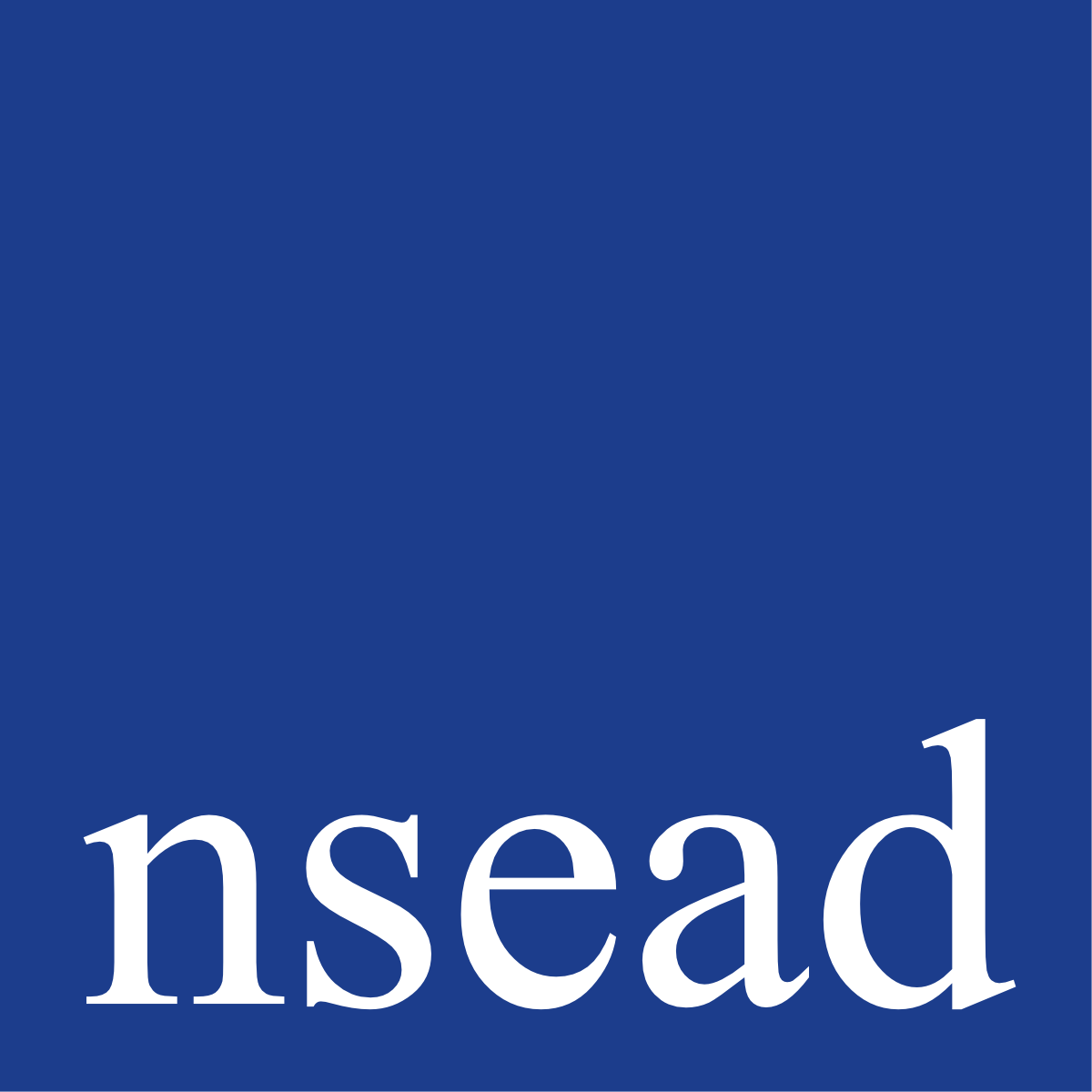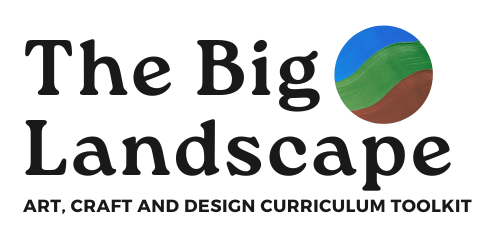All education sectors are familiar with the expectation that the acquisition of knowledgeFacts, information, and skills acquired through experience or education; the theoretical or practical understanding of a subject. is fundamental to any learning experience and for understanding to follow from that.
We might assume that knowledge once learned informs understanding, which can be acquired experientially, or through a combination of taught knowledge and acquired understanding.
These two concepts are therefore linked, but in artArt refers to a diverse range of human intellectual and expressive activities and the outcomes of those activities. Within this context art is further defined..., craftCraft can be designed as intelligent making. It is technically, materially and culturally informed. Craft is the designing and hand making of individual objects and... and designDesign shapes ideas to become practical solutions and propositions for customers and users. Design is all around us, everything man made has been designed. The..., educators might reflect on how well the teaching of knowledge results in depth and breadth of understanding. Knowledge can be both remembered and applied through the growth of skillsTechniques and attributes acquired through learning, engagement and practice and in the development of creativeBeing creative or 'creativity' relates to or involves the use of the imagination or original ideas to create something. products and outcomes.
Subject research highlights the importance of providing students with a solid foundation of conceptual knowledge, including art historyArt History is the study of art works from an historical viewpoint. It usually involves looking at the various contexts in which art works were..., cultural heritage, practical and material knowledge and the underlying theoretical concepts.
This knowledge enables students to develop an appreciation for different art forms and styles, to understand the role of art in history, cultureThe behaviours, beliefs and activities of a social, geographical, age defined or ethnic group of people, to include their artistic and creative pursuits and society, and to use all this to inform their technical skills and creative outcomes.
Understanding, therefore, refers to the ability to interpret, discuss and analyse art, craft, and design so this learning can be applied.
This is evidenced by students thinking criticallyArt criticism, is the analysis and evaluation of works of art. More subtly, art criticism is often tied to theory; it is interpretive, involving the effort... about the meaning and purpose of the artwork they study and create, informed by an appreciation of the skill and creativityCreativity is a characteristic of someone or some process that forms something new and valuable. The created item may be intangible or a physical object.... involved in the artistic processA series of actions, changes or operations performed in the making or creating of a product or outcomes. The procedures that one goes through in....
In conclusion, UK art and design curricula aim to equip students with both the practical and theoretical knowledgeTheoretical knowledge is the cultural and contextual content that pupils learn about artists and artwork., skills, and understanding of different art and design forms. The curricula should also offer opportunities to practise various approaches to art and design, and in so doing gain further understanding of the conceptual, technical and critical theories.
Knowledge and understanding informs the development and control of:
- Art elements
- ScaleThe relative size of an object or artwork in relation to its surroundings and to itself. Scale refers to the relative proportion of one thing...
- CompositionThe combination of a selection of distinct elements to work towards creating a whole image or form. The arrangement of shapes, colours, textures, marks and...
- Perspective
- Dynamics
- Physical, analytical, expressive and descriptive qualities
They inform the selection/choice of:
- ToolsA physical item used to achieve a goal. A fashion designer might use a needle and tailors dummy, a jeweller might use a clamp and...
- MediaDifferent materials used by artists, such as paint, charcoal, clay and thread. Media is the plural of MEDIUM. In this context, it refers to the...
- EquipmentTools and machinery needed to complete a task.
- MaterialsThe resources that artists, craftspeople and designers use to create work, to include thread, plastic, stone, wood, clay, paint and paper
- TechniquesA procedure, formula or routine by which an outcome or artwork is achieved, to include weaving thread into cloth with a darning needle, carving wood...
- Processes.
Knowledge & understanding should be used to inform the analysis and response to works of art and design, media and cultural understanding.





